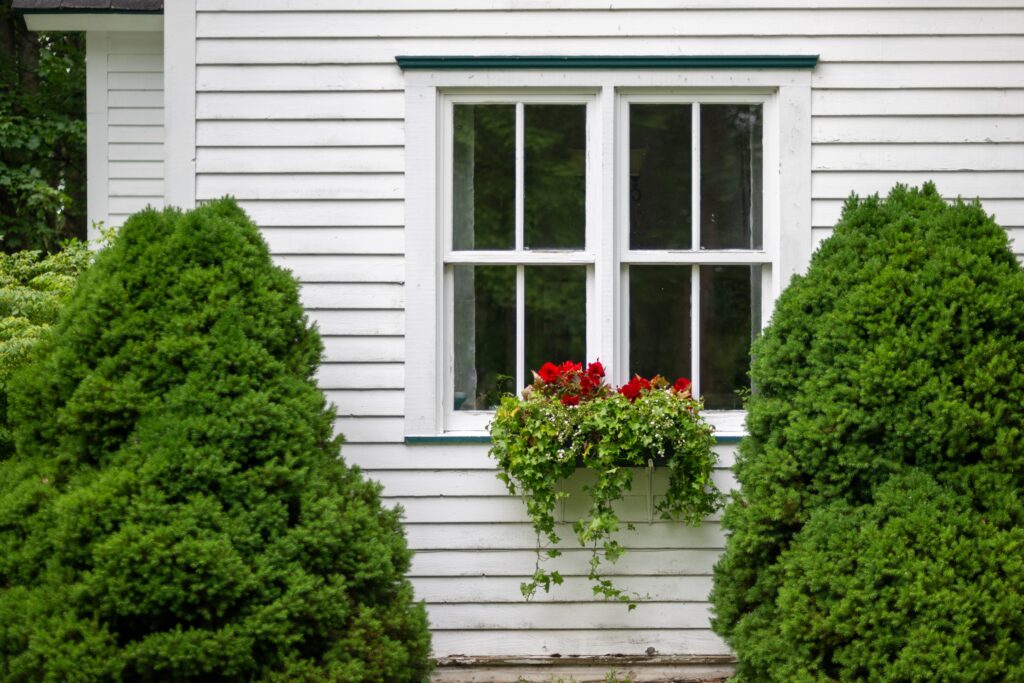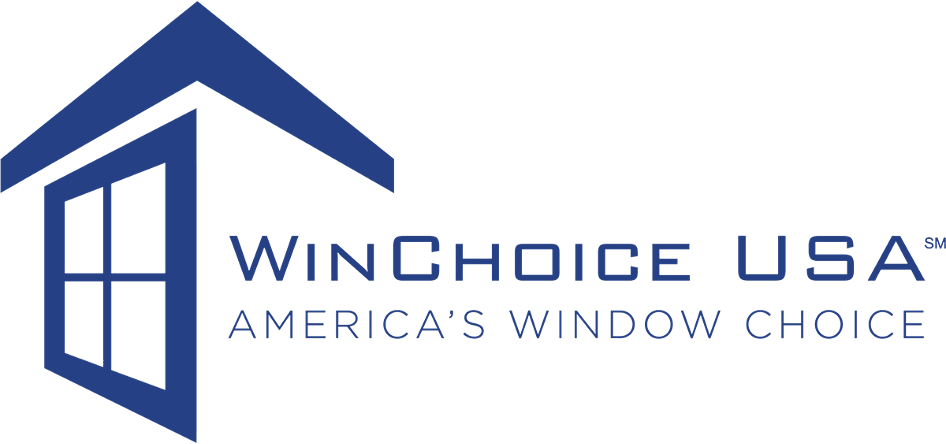Guide to Double Hung Windows

*Updated September 23rd, 2025
Are you struggling to find a hung window style that offers both functionality and timeless design? With so many types of windows to choose from, it’s easy to feel overwhelmed by all the window options available.
That’s where the double hung window comes in. This popular window design offers a practical solution for homeowners seeking a balance between efficient ventilation, easy cleaning, and a classic style that works with any home.
In this guide, we’ll cover everything you need to know about double-hung windows—from how they work, to why they remain one of the most popular styles, and why vinyl double hung windows could be the perfect upgrade for your home remodel.
What is a Double-Hung Window?
A double-hung window is designed with two sashes that slide vertically within a single frame. Unlike a single-hung window—where only the lower sash moves—the double hung vinyl design lets you open both the top and bottom sash.
This dual operation improves airflow, allowing cool air to enter through the bottom sash while warm air escapes through the top sash. The ability to tilt inward for easy cleaning makes them especially convenient for multi-story homes.
How Double Hung Windows Work
Double hung windows feature a frame that houses both operable sashes. When adjusted, they allow light and fresh air to circulate inside your home. By opening the upper and lower portions at once, you can naturally ventilate and reduce the need for mechanical cooling.
Whether you’re outfitting a Craftsman, farmhouse, or modern build, double hung windows offer design versatility. Their clean lines and variety of options in wood, fiberglass, or vinyl replacement models make them compatible with almost any window design or architectural style.
Advantages of a Double Hung Window
Enhanced Ventilation
Unlike fixed panes or a single-hung and double-hung comparison, double hung windows make it possible to vent from top or bottom. This makes them especially effective in kitchens and bathrooms where odors and moisture need quick relief.
Energy Efficient Features
Modern double hung replacement windows often include Low-E coatings, argon-filled panes, and insulated frames to deliver superior energy efficiency. Choosing Energy Star certified models can lead to noticeable energy savings on your bills while offering long-term peace of mind.
Easy Cleaning and Maintenance
The tilt feature lets you fold the sashes inward so you can clean interior and exterior glass without ladders. This easy maintenance design saves both time and money on professional cleaning.
Design Versatility
From 200 series to 400 series double-hung windows, manufacturers offer both standard and custom sizes. Homeowners can select glass and grid options, tinted glass, or a wood interior for a warm finish. Whether you want a bold grille pattern or a minimalist open flush look, you’ll find window features to match your specific needs and enhance curb appeal.
Ideal Rooms for a Double Hung Window
- Bedrooms – maximize natural light and airflow.
- Kitchens – provide moisture control and easy to clean access.
- Living Rooms – add space-saving ventilation while maintaining privacy.
- Entry doors and hallways – let in light and ventilate high-traffic areas.
Cost Considerations
The cost of a replacement window varies by material, size, and added features. Vinyl windows generally fall on the affordable side, while wood or fiberglass models cost more but bring additional durability or design warmth.
- Average double hung window cost: $300–$1,000 including installation.
- Premium upgrades like low-e glass or custom grid patterns increase the price.
Still, the energy-efficient performance and low cleaning and maintenance demands help offset initial costs with long-term energy savings.
Double Hung vs. Other Window Types
- Single-Hung Window – Only the bottom sash operates, limiting airflow but lowering cost.
- Casement – Hinged on one side and crank-operated for a tight seal, but not as versatile.
- Sliding – Modern look and wide views, but limited airflow compared to vinyl double hung windows.
Conclusion
Whether you’re replacing outdated models or tackling a full home remodel, series double-hung windows remain a popular style thanks to their functionality, customizable designs, and reliable energy efficiency.
For homeowners seeking a balance of easy cleaning, natural light, and energy-efficient comfort, double hung replacement windows are a smart investment.
Ready to upgrade? Explore vinyl double hung windows today and find the perfect window design to fit your room in your home and lifestyle.
FAQs
How do I open a double-hung window?
Unlock, then slide the bottom sash up or the top sash down. Some models let both sashes tilt inward for cleaning.
How can I tell if my window is a double-hung?
Check if both top and bottom sash move. If only the lower section is operable, it’s a single-hung window.
Which windows are most energy-efficient?
Models with multiple panes, low-e coatings, and argon gas fills. While casements are tight-sealing, modern double hung vinyl designs deliver nearly equal performance with more flexible window to open options.krypton between panes. While casement windows tend to provide a tighter seal, modern double-hung windows with these features can be nearly as efficient and offer better flexibility.
Sources
Additional Windows Resources
- Professional vs DIY: Making the Right Choice for Window Installation
- Seal Out the Cold: How to Insulate Drafty Windows

Anna has over six years of experience in the home services and journalism industries and serves as the Content Manager at MyHomePros.com, specializing in making complex home improvement topics like HVAC, roofing, and plumbing accessible to all. With a bachelor’s degree in journalism from Auburn University, she excels in crafting localized, comprehensive guides that cater to homeowners’ unique needs. Living on both coasts of the United States has equipped her with a distinctive perspective, fueling her passion for turning any house into a cherished home through informed, personalized decision-making.
Connect with top-rated local contractors who can help you with siding, roofing, HVAC, windows, and more. Get free quotes from verified professionals in your area today.








